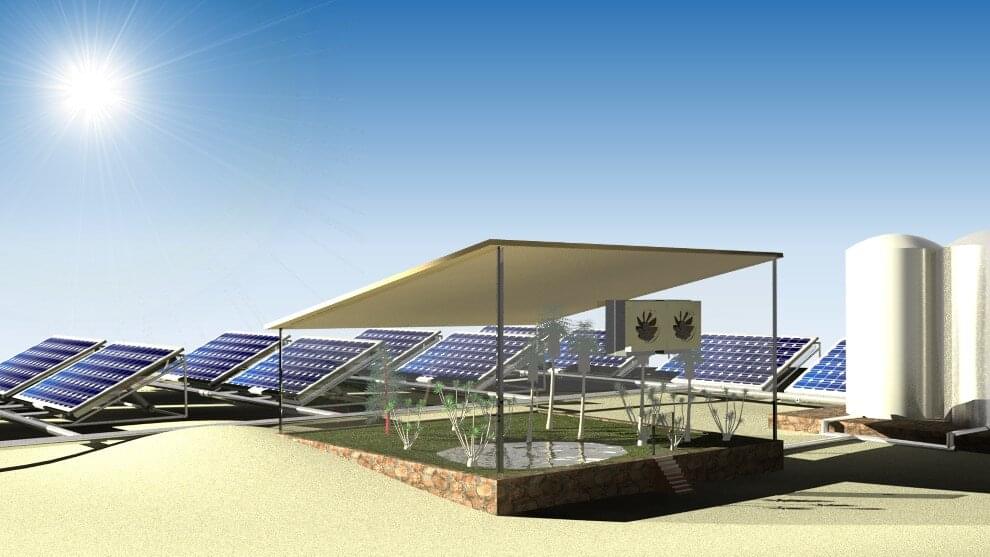Mar 3, 2022
For new insights into aerodynamics, scientists turn to paper airplanes
Posted by Chima Wisdom in categories: drones, mathematics, robotics/AI
A series of experiments using paper airplanes reveals new aerodynamic effects, a team of scientists has discovered. Its findings enhance our understanding of flight stability and could inspire new types of flying robots and small drones.
“The study started with simple curiosity about what makes a good paper airplane and specifically what is needed for smooth gliding,” explains Leif Ristroph, an associate professor at New York University’s Courant Institute of Mathematical Sciences and an author of the study, which appears in the Journal of Fluid Mechanics. “Answering such basic questions ended up being far from child’s play. We discovered that the aerodynamics of how paper airplanes keep level flight is really very different from the stability of conventional airplanes.”
“Birds glide and soar in an effortless way, and paper airplanes, when tuned properly, can also glide for long distances,” adds author Jane Wang, a professor of engineering and physics at Cornell University. “Surprisingly, there has been no good mathematical model for predicting this seemingly simple but subtle gliding flight.”


















